Key takeaways:
- Roof snow load management is crucial for Winnipeg homeowners due to heavy winter snowfall
- Regular roof inspections and snow removal are essential to prevent structural damage
- Calculating snow load helps determine when to remove snow from your roof
- Professional snow removal services are recommended for safety and effectiveness
- Proper attic insulation and ventilation can help prevent ice dams and reduce snow load issues
Understanding roof snow load in Winnipeg
Winnipeg’s winters are known for their heavy snowfall, making roof snow load management a critical concern for homeowners. Snow accumulation on roofs can lead to serious structural issues if not properly managed. Let’s look at why this is so important in our city and how you can protect your home.
What is roof snow load?
Roof snow load refers to the weight of snow and ice that accumulates on your roof during winter. In Winnipeg, where we often see significant snowfall, this load can become substantial. The weight of the snow puts pressure on your roof’s structure, potentially causing damage if it exceeds what your roof was designed to handle.
Why is it a concern in Winnipeg?
Our city’s climate makes roof snow load a particular concern. Winnipeg often experiences long periods of cold weather with frequent snowfall. This can lead to a buildup of snow and ice on roofs over time, increasing the risk of structural damage or even collapse if not managed properly.
Assessing your roof’s snow load capacity
Before we get into management strategies, it’s important to understand your roof’s capacity to handle snow load. This knowledge will help you make informed decisions about when to take action.
Factors affecting snow load capacity
Several factors influence how much snow your roof can safely hold:
- Roof design: The slope and shape of your roof affect how snow accumulates and how much weight it can bear.
- Building age: Older homes may have different structural standards than newer ones.
- Construction materials: The type of materials used in your roof’s construction impacts its strength.
- Previous damage: Any existing damage to your roof can reduce its capacity to handle snow load.
How to determine your roof’s snow load capacity
To figure out your roof’s snow load capacity, you’ll need to consult with a structural engineer or a qualified roofing professional. They can assess your roof’s design and condition to give you an accurate estimate of its snow load capacity.
Signs of excessive snow load on your roof
Knowing when your roof is under too much stress from snow is crucial. Here are some signs to watch for:
- Sagging roof lines
- Cracks in walls or ceilings
- Doors or windows that suddenly become difficult to open or close
- Creaking or popping sounds from the roof or attic
If you notice any of these signs, it’s time to take action immediately. Contact a professional roofing service to assess the situation and remove snow if necessary.
Calculating snow load on your roof
Understanding how to calculate the snow load on your roof can help you determine when it’s time to remove snow. Here’s a simple method:
- Measure the depth of snow on your roof (in feet)
- Multiply the depth by the weight of snow per cubic foot (typically 10-12 pounds for fresh snow, 20-25 pounds for packed snow)
- Multiply this by the square footage of your roof
For example, if you have 1 foot of fresh snow on a 1,000 square foot roof:
1 foot x 10 pounds x 1,000 square feet = 10,000 pounds of snow load
Remember, this is a rough estimate. Factors like ice buildup and snow density can affect the actual weight.
Strategies for managing roof snow load
Now that we understand the importance of roof snow load management, let’s look at some strategies to keep your Winnipeg home safe.
Regular roof inspections
Conducting regular roof inspections, especially before and after winter, can help you identify potential issues before they become serious problems. Look for signs of damage, wear, or weakness that could compromise your roof’s ability to handle snow load.
Snow removal techniques
When snow accumulation becomes concerning, removal is necessary. Here are some safe methods:
- Roof rakes: These long-handled tools allow you to remove snow from the ground. They’re good for single-story homes or low-pitched roofs.
- Professional snow removal services: For multi-story homes or steep roofs, hiring professionals is the safest option. They have the right equipment and expertise to remove snow without damaging your roof.
- Heat cables: Installing heat cables along the edge of your roof can help prevent ice dams and reduce snow buildup.
Remember, never climb onto a snow-covered roof yourself. It’s dangerous and could cause more damage.
Improving attic insulation and ventilation
Good attic insulation and ventilation can help manage roof snow load by preventing ice dams. Here’s how:
- Proper insulation keeps your attic cold, preventing snow on the roof from melting and refreezing at the eaves.
- Good ventilation helps maintain a consistent temperature across your roof, reducing the risk of ice dams.
Consider having a professional assess your attic’s insulation and ventilation to ensure they’re up to par for Winnipeg’s winters.
Professional snow removal services in Winnipeg
While some snow removal can be done yourself, there are times when calling in the professionals is the best choice. Here’s what you need to know about professional snow removal services in Winnipeg.
When to call the pros
Consider professional snow removal services when:
- Snow accumulation is heavy (more than 6 inches)
- Your roof is steep or multi-story
- You notice signs of excessive snow load
- You’re unable to safely remove snow yourself
What to expect from professional services
Professional snow removal services typically include:
- A roof inspection to assess snow load and potential damage
- Safe and efficient snow removal using specialized equipment
- Removal of ice dams if present
- Post-removal inspection to ensure your roof is clear and undamaged
Choosing a reliable snow removal service
When selecting a snow removal service in Winnipeg, look for:
- Proper licensing and insurance
- Experience with Winnipeg’s specific winter conditions
- Positive reviews from other homeowners
- Clear pricing and service details
Don’t hesitate to ask for references or examples of their previous work.
Preventing future snow load issues
While managing current snow load is important, taking steps to prevent future issues can save you time, money, and stress in the long run.
Roof maintenance tips
Regular roof maintenance can help your roof better handle snow load. Consider these tips:
- Clean gutters and downspouts before winter to ensure proper drainage
- Repair any damaged or missing shingles promptly
- Check and repair flashing around chimneys and vents
- Trim overhanging tree branches that could fall and damage your roof
Upgrading your roof for better snow load capacity
If you find that your roof consistently struggles with snow load, it might be time to consider upgrades. Options include:
- Reinforcing the roof structure: A contractor can add additional support to increase your roof’s snow load capacity.
- Changing the roof pitch: A steeper roof pitch can help snow slide off more easily.
- Installing a metal roof: Metal roofs are slippery, allowing snow to slide off more readily.
- Adding snow guards: These can help control the release of snow from your roof, preventing dangerous snow slides.
The impact of climate change on roof snow load
Climate change is affecting weather patterns worldwide, and Winnipeg is no exception. Here’s how it might impact roof snow load management in the future:
Changing snowfall patterns
Climate change could lead to:
- More frequent heavy snowfall events
- Increased frequency of freeze-thaw cycles
- Changes in the timing of snowfall and spring melt
These changes could make roof snow load management more challenging, requiring homeowners to be more vigilant.
Adapting to new challenges
To adapt to these changes, consider:
- More frequent roof inspections
- Upgrading your roof’s snow load capacity
- Investing in better insulation and ventilation
- Being prepared for more frequent snow removal
The cost of ignoring roof snow load
Ignoring roof snow load can lead to serious consequences. Here’s what you might face:
- Structural damage: Excessive snow load can cause your roof to sag or even collapse.
- Water damage: As snow melts, it can seep into your home, causing water damage to walls, ceilings, and belongings.
- Mold growth: Water infiltration can lead to mold growth, which can be harmful to your health.
- Increased energy costs: A compromised roof can lead to poor insulation, increasing your heating bills.
- Decreased property value: A damaged roof can significantly lower your home’s value.
The cost of repairs for these issues can far exceed the cost of proper snow load management.
Winnipeg’s regulations on roof snow load
It’s important to be aware of local regulations regarding roof snow load. In Winnipeg:
- Building codes specify minimum snow load capacities for new constructions.
- Homeowners are responsible for maintaining their property, including managing roof snow load.
- Failure to manage roof snow load that results in damage or injury could lead to legal liability.
Check with the City of Winnipeg for the most up-to-date information on building codes and homeowner responsibilities.
Roof snow load management for different roof types
Different roof types require different approaches to snow load management. Here’s a quick guide:
| Roof Type | Snow Load Considerations | Management Tips |
|---|---|---|
| Flat Roof | More prone to snow accumulation | Regular removal, consider adding slight pitch |
| Pitched Roof | Snow may slide off, but ice dams can form | Use roof rake, install heat cables |
| Metal Roof | Snow slides off easily, but can create hazards below | Install snow guards to control snow release |
| Green Roof | Additional weight from vegetation | Ensure structure can support extra weight, regular inspections |
Community resources for roof snow load management
Winnipeg offers several resources to help homeowners manage roof snow load:
- City of Winnipeg website: Offers information on winter home maintenance
- Manitoba Home Builders’ Association: Provides resources on home maintenance and finding qualified contractors
- Local hardware stores: Often offer workshops on winter home maintenance
- Community centers: May host information sessions on winter home care
Don’t hesitate to reach out to these resources for more information or assistance.
Conclusion: Staying safe and warm in Winnipeg winters
Managing roof snow load is an essential part of winter home maintenance in Winnipeg. By understanding the risks, knowing how to assess your roof’s condition, and taking proactive steps to manage snow accumulation, you can protect your home and ensure your safety during our long, snowy winters.
Remember, when in doubt, it’s always best to consult with a professional. They can provide expert advice tailored to your specific situation and help you develop a comprehensive roof snow load management plan.
Stay safe, stay warm, and enjoy all that a Winnipeg winter has to offer, knowing that your roof is prepared to handle whatever snow comes its way.

